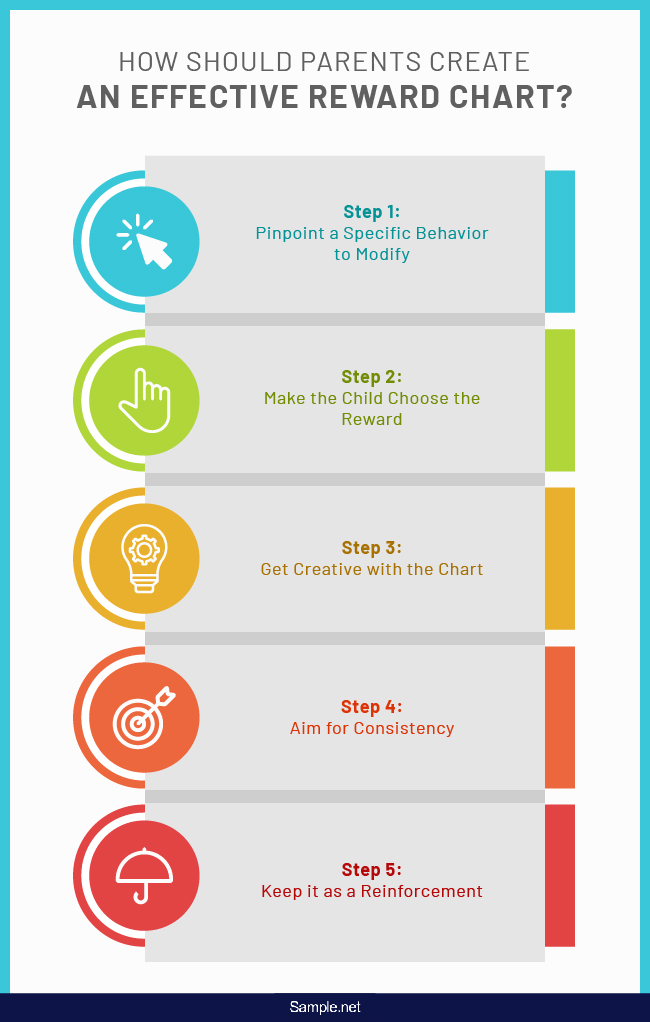21+ Sample Reward Charts
-
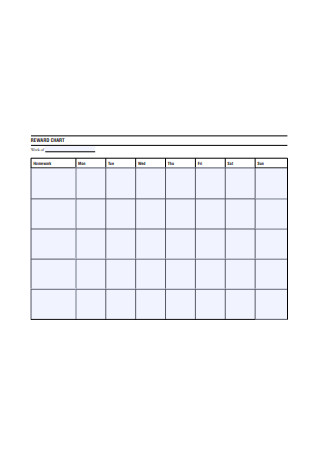
Reward Chart
download now -

Classroom Reward Chart
download now -
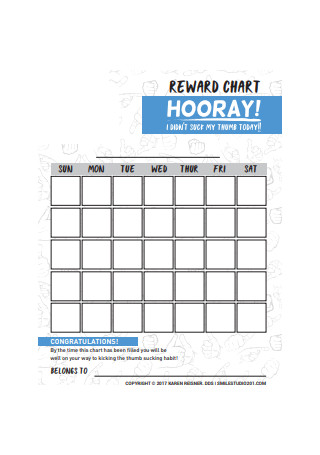
Reward Chart Sample
download now -
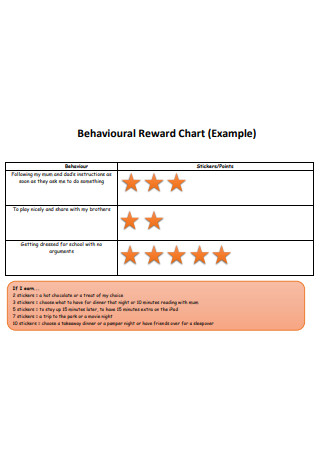
Behavioural Reward Chart
download now -
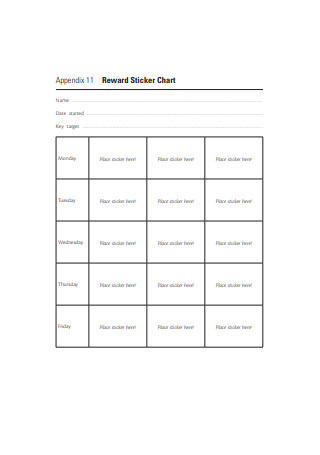
Reward Sticker Chart
download now -
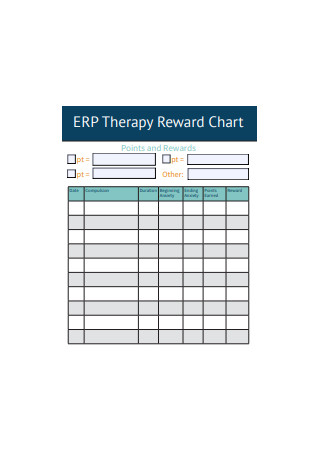
Therapy Reward Chart
download now -
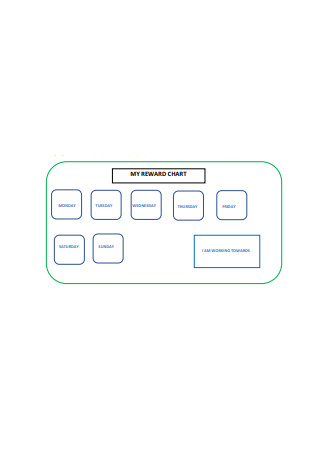
Reward Chart Format
download now -
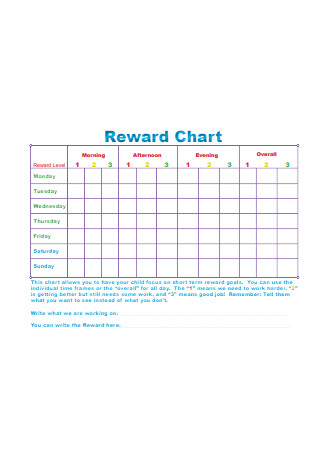
Reward Chart Example
download now -
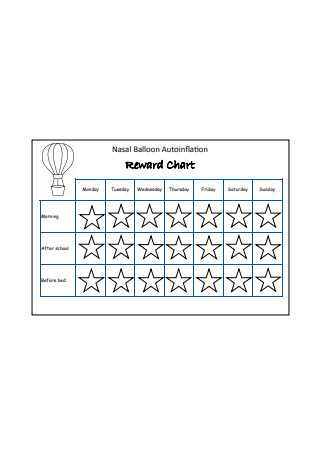
Sample Reward Chart
download now -
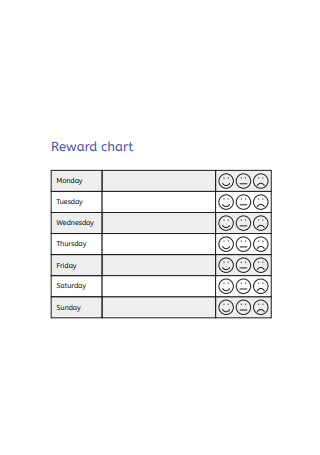
Basic Reward Chart
download now -
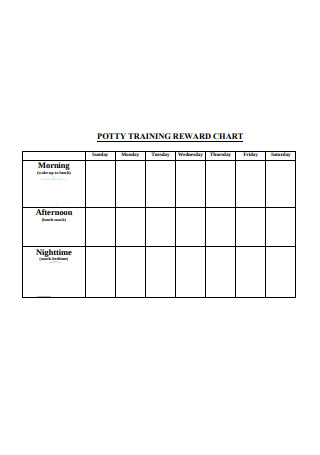
Potty Training Reward Chart
download now -
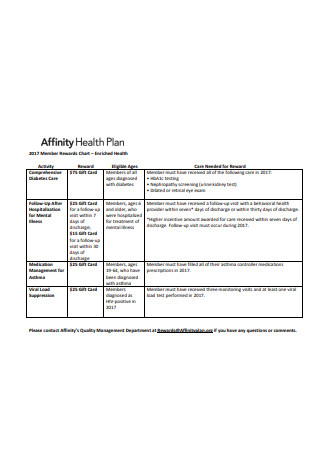
Member Reward Chart
download now -
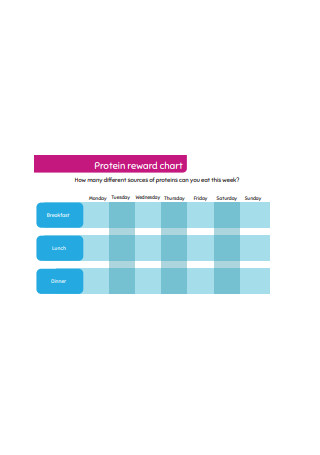
Protein Reward Chart
download now -
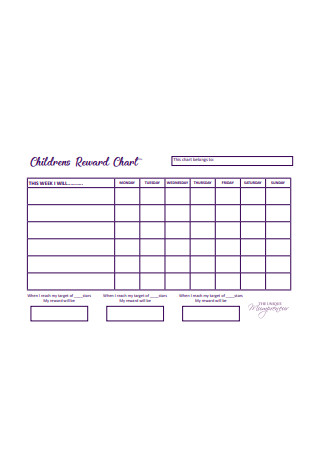
Childrens Reward Chart
download now -
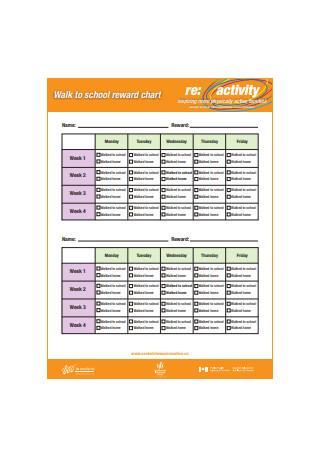
School Reward Chart
download now -

Reading Reward Chart
download now -
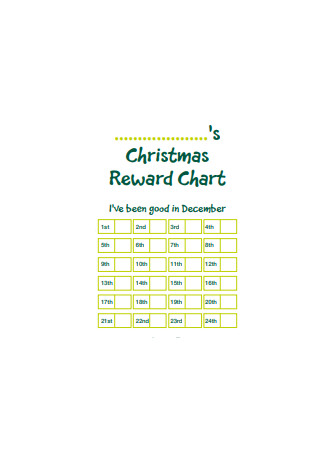
Christmas Reward Chart
download now -
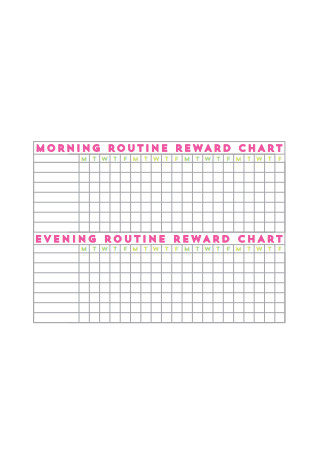
Morning Routine Reward Chart
download now -
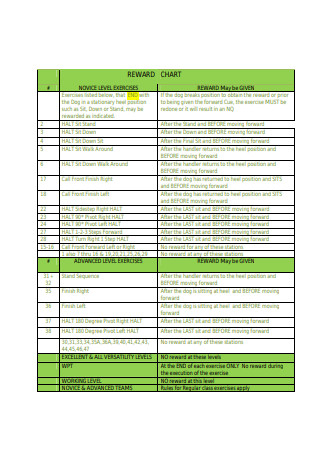
Basic Reward Chart Example
download now -
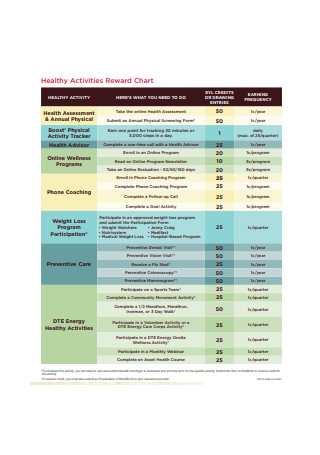
Healthy Activities Reward Chart
download now -
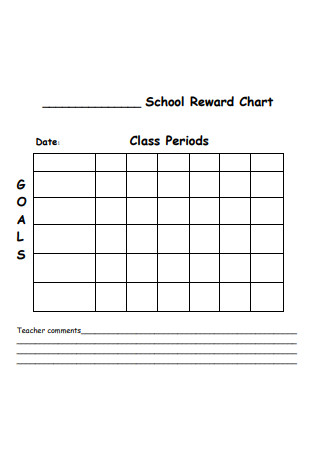
School Reward Chart Format
download now -
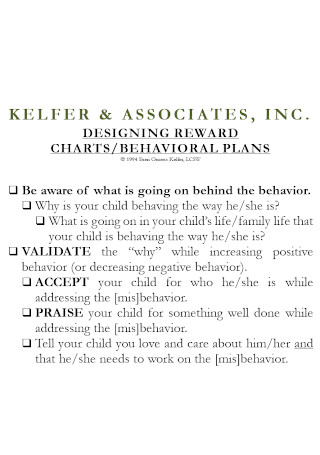
Designing Reward CHart Template
download now
What Is a Reward Chart?
There are various milestones during the early development years of a child. They learn to walk, talk, and play with other children. They also begin to ask a series of questions and try to make decisions on their own—what they want to play with and what they want to wear. During these years, it is also the sensitive period where they parrot the behavior of adults and characters that they see on television or other platforms.
And during this period, parents have a hard time giving instructions to their children. Because the kids instead do what they want than what they are told to do. But, naturally, the parents want their children to learn and practice excellent behavior as early as they can. Thus, a simple way of teaching kids desirable behavior is through reward and behavior tracking charts. It is a visual chart where the parent reinforces the behavior by rewarding stickers or stars when the child does the act. The child accumulates the stickers to receive a bigger reward. Reward charts are also referred to as behavior charts and are recommended by family psychologists, granted that the parents utilize it properly and effectively.
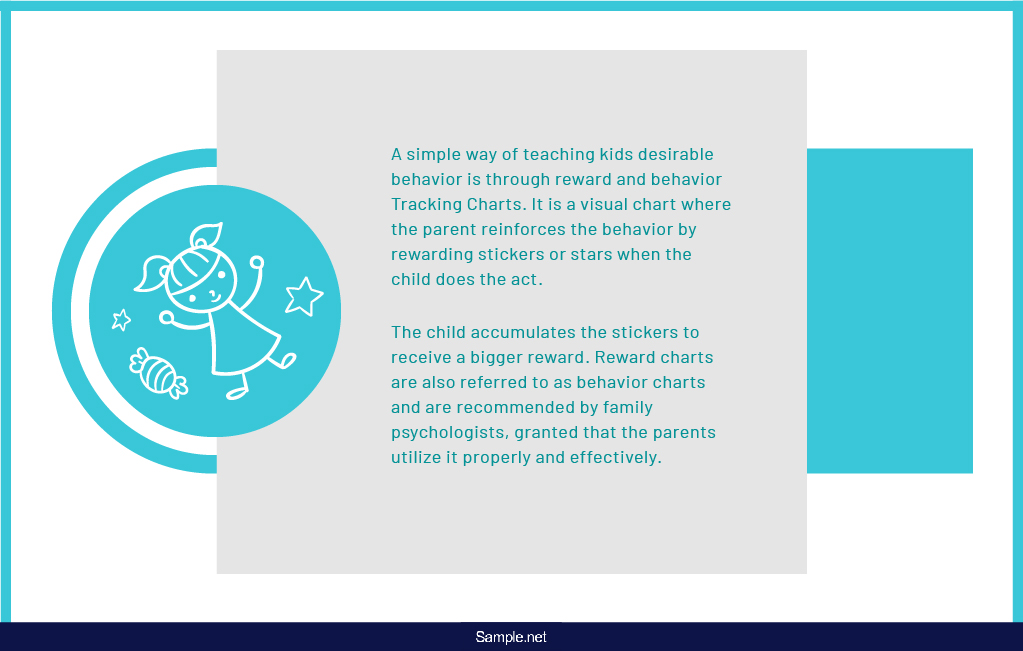
When is it Most Effective to Use?
Reward charts are most effective for younger children or toddlers, within the age range of 3-8 years old. During this stage, the cognitive developments are as evident as the physical ones. The children learn to communicate with other children and learn to share and play together with them. As they are becoming more social to children in their age group, societal conventions of how to deal with other people starts to kick in. Parents expect their children to enjoy and play peacefully with the other kids. Other parents keep their children away from rowdy and noisy children. And to avoid this circumstance, parents want their children to learn proper behavior at home, and most use reward charts to reinforce positive behavior properly.
Its full effect is most evident when the chart is used for particular behaviors, such as sharing a toy with a sibling or going to bed at a specific hour. By choosing particular practices, the parent or guardian can focus on the behavior and can decide when to stop the behavior modification system. Reward charts are also most effective when the child is actively part of the decision-making process of choosing the reward. A common mistake among parents is that they select the award for their child. If you worry that the want of your child is over your budget, present your child with options that are well within budget. In this way, the child still has the freedom to choose without compromising your family’s budget.
On the other hand, it loses its effectivity when the target behavior is too broad when the parent cannot pinpoint when to reward a sticker. It also loses its effectivity when the child sees the sticker as a bribe rather than a reward. When you plan to use this system on your children, make sure to give the reward directly after the behavior.
What are the Takeaways in Using a Reward Chart?
Among adults, it is fairly easy to change and appropriate behavior according to the situation. But for children, there are several other factors to consider, and they have a lot of things to learn and experience. An effective way to do so is through reinforcement. Reinforcement with a positive stimuli increases the chance of repeated behavior in the future or during a specific circumstance. This idea is the foundation of effective reward charts. When implemented properly, it provides and develops several positive effects on the parties involved.
Commonly Shaped Behaviors
A landmark learning theory in Psychology is about shaping behavior and practices through reinforcement and punishment. Operant conditioning, or also known as instrumental conditioning, was postulated by B.F. Skinner by focusing on the causes for certain behaviors. Although the effectivity of punishment is disproven, Skinner’s experiments and theories were revolutionary during the peak of Behaviorism. Developmental psychologists appropriated this theory; thus, coming up with methods and tools such as reward charts to reinforce and shape behavior among children.
Toilet Training
Toilet or potty training is the most common behavior where reward charts are mostly used. This training may be the messiest period of a growing child, but it needs to be done. Proper potty training is a milestone in itself. It indicates the proper cognitive and physical development of the child. The training may be long, but it can be broken down into specific steps to make the use of reward charts efficient. Voicing out that they need to go to the bathroom is a milestone that needs a reward. Successful trips to the bathroom can be rewarded with stickers of your child’s favorite character. Compelling them to go to the bathroom maybe a little bit more complicated, but you can come up with other techniques wherein the child will anticipate bathroom trips.
Sharing Behavior
Parents also seem to have a hard time encouraging their children to share their beloved toys with their playmates or even their siblings. This is why they also use reward charts to promote and maintain sharing behavior among their children. Social convention dictates that a key feature of a good child is obedient and generous. The kids mostly do not mind these societal structures, but the parents do. They do not want their children to look bad in front of other parents. Sharing behavior is also encouraged among siblings for practicality. You wouldn’t want to buy the same toy twice just because your children couldn’t get along. You can start small in encouraging this kind of behavior. You can reward when your child offers a toy to a playmate. Later on, you can promote an action when the child openly expresses that they want to play with other children using his or her toys. Developing sharing behavior starts small, but do not lose patience. Once fully developed, they can bring this behavior up until adulthood.
Basic Chores
Doing basic chores can also be reinforced by using reward charts. Of course, parents would want their children to develop a sense of responsibility early on in life. And one way of instilling responsibility is by letting them do little chores that directly affect them. These behaviors include keeping their toys and tidying up the area after playing. Once they do the desired behavior, reward them immediately, and remind them that it was because they cleaned up after playing. Another basic chore that you can let your children learn with a reward chart is fixing their bed right after they wake up in the morning. These may be little chores and practices around the house, but these can still lift some burden off the parent while letting the child develop good and healthy habits. It is hitting two birds with one stone, as one might say.
How Should Parents Create an Effective Reward Chart?
The face of reward charts varies depending on the need of the child. The chart itself is fairly simple to make. But, the concern is how to make it useful. The effectiveness of the chart largely relies on its implementation. But, users often overlook the specifics of its process resulting in nonexistent or minimal changes. Here are some steps on how to make a reward chart useful.
Step 1: Pinpoint a Specific Behavior to Modify
The first step in creating a useful reward chart is to come up with a list of specific target behaviors. Targeting for something as vague as lousy behavior does not cut. Define what counts as bad behavior and what does not so that the action is easy to identify. If you want to child’s behavior during playtime, do not list it as is. Identify a particular behavior. It can be not sharing toys or directly getting toys from other children without asking. If you remain to be vague at it, your reward scheme may not be consistent. The specificity also helps the child create a connection between the behavior and reinforcement.
Step 2: Make the Child Choose the Reward
The system of reward charts makes the child collect the stickers or any artsy graphical reward, and then they get to exchange the stickers for a bigger reward. For the child to continually do the desired action, they need to be motivated to do it frequently and appropriately. To maintain the motivation of the children, the best thing to do is to let them choose the bigger reward. But, make sure that these rewards are achievable. One thing that you can do to give them the freedom to choose while not spending much is to provide them with choices that are favorable for you. In this way, they are still expecting an anticipated reward. Making the child choose the reward also increases the internal motivation to do the act religiously.
Step 3: Get Creative with the Chart
Reward charts are highly visual, making it highly effective for little children. But before designing the blank reward chart, decide on a preferred time frame. You can choose from weekly, bi-weekly, and monthly reward charts. In choosing the time frame, make sure that you are considering your child’s progress in learning. After that, you and your child can make the chart creative. Colors can help make the chart look appealing for the child. As for the reward stickers, make your child choose them. It can be their favorite cartoon character or superhero. So they will also look forward to receiving their stickers. Once satisfied with your output, place it where it is accessible so that both of you can see it whenever you want. You can never go wrong with something colorful and vibrant in attracting a child’s attention.
Step 4: Aim for Consistency
Once you start using the reward chart, make sure to be consistent in giving the reward to the child. Once the child exhibits the behavior, reinforce it right away. Do not wait until the end of the day to give it. The child may not realize the reason behind the reward or connect it to something else. If the action was done outside the home or wherever the chart is not available, assure your child that the reward will be given once you get home. Once you get home, do it right away. This practice does not only maintains the motivation of the child. It also promotes and fosters trust.
Step 5: Keep it as a Reinforcement
During the course of using the reward chart, the parent or guardian may be tempted to use the reward as a bribe to get the desired behavior. Doing so will not help the process. It will have adverse results. At most, the child will only do the action if the reward is already given. Also, do not use the reward chart as a punishment. Do not threaten to take away stars or stickers from the chart because of bad behavior. There are other techniques to remove different kinds of bad behavior. Keep in mind that reinforcing positive and desirable behavior is the best way to shape it.
